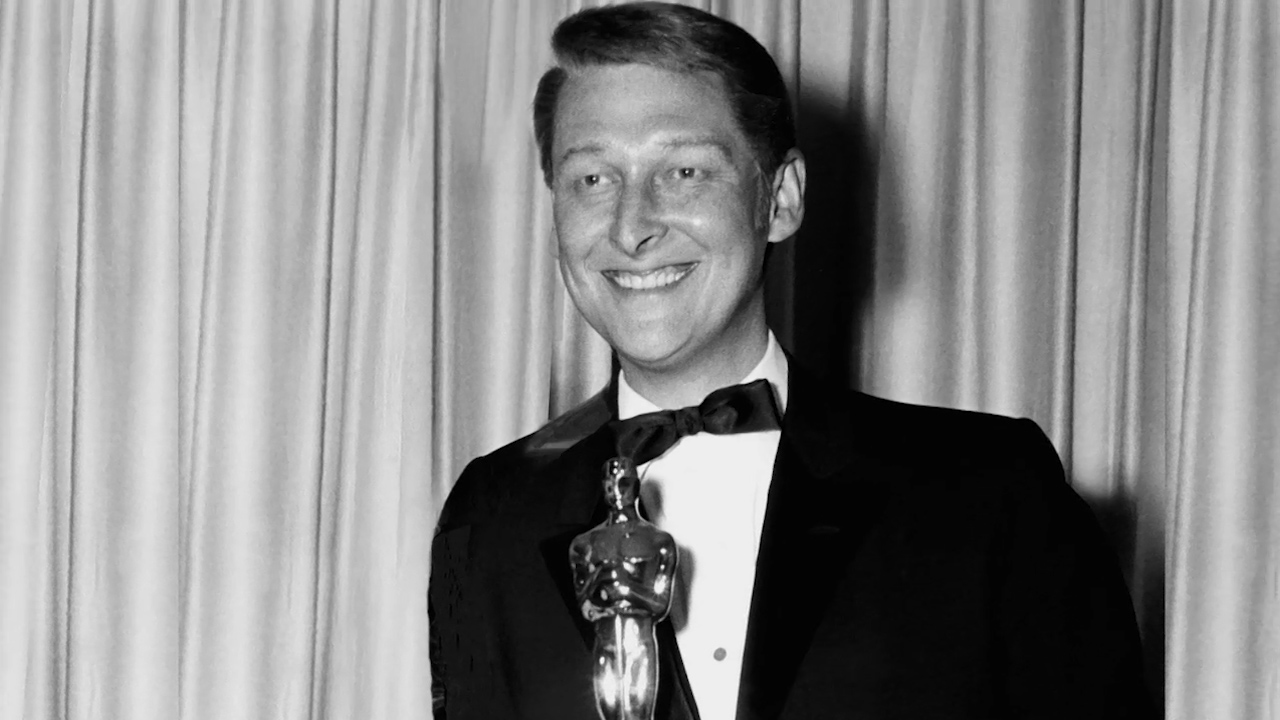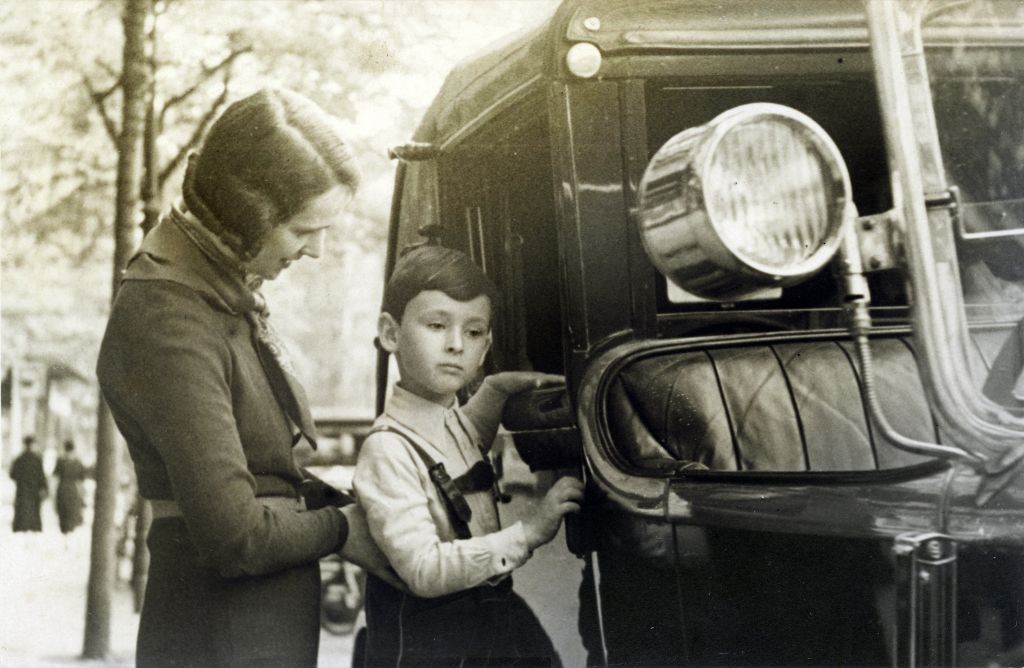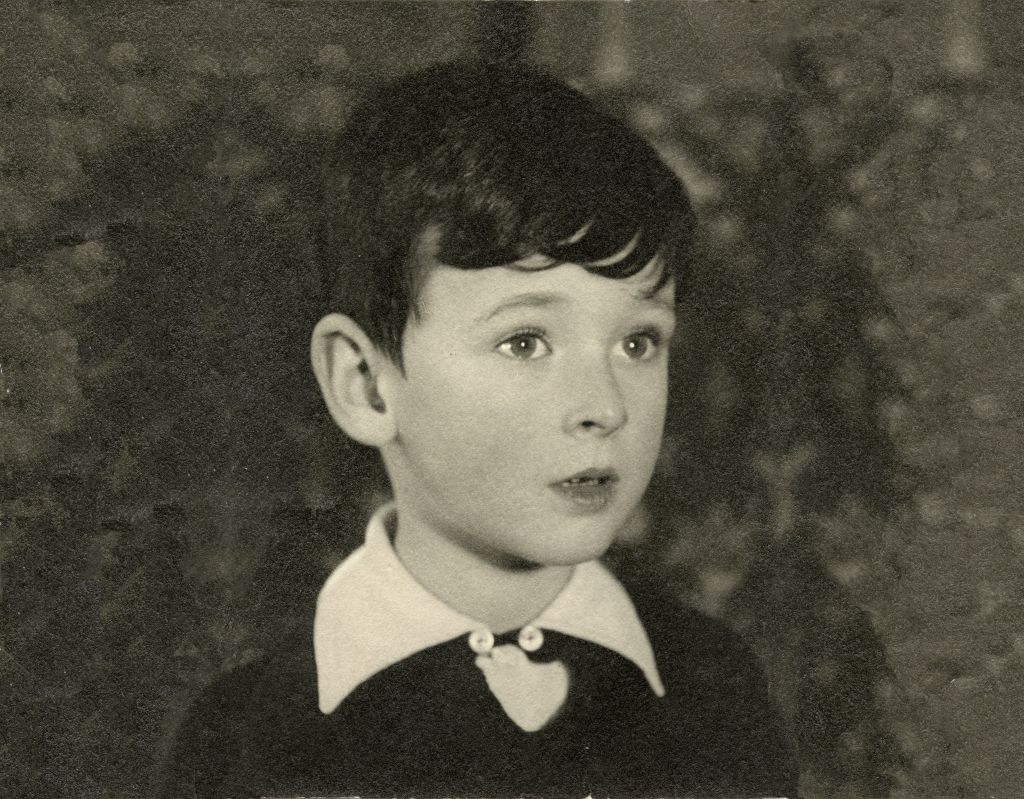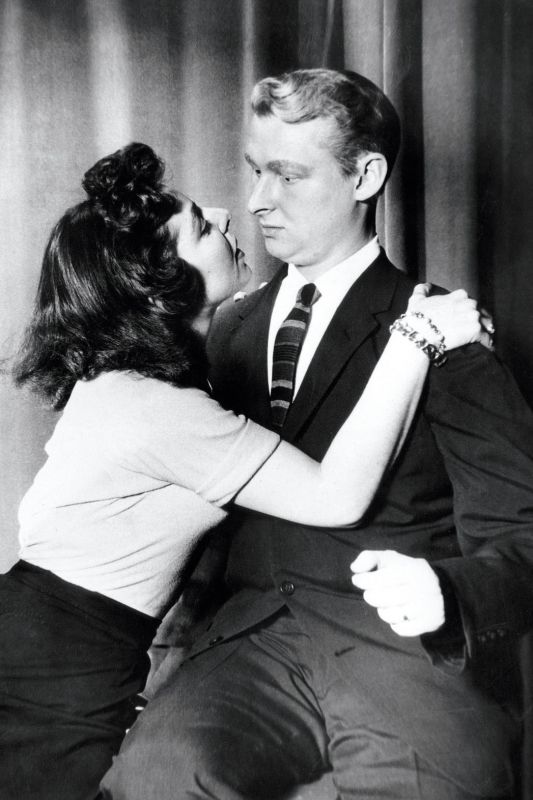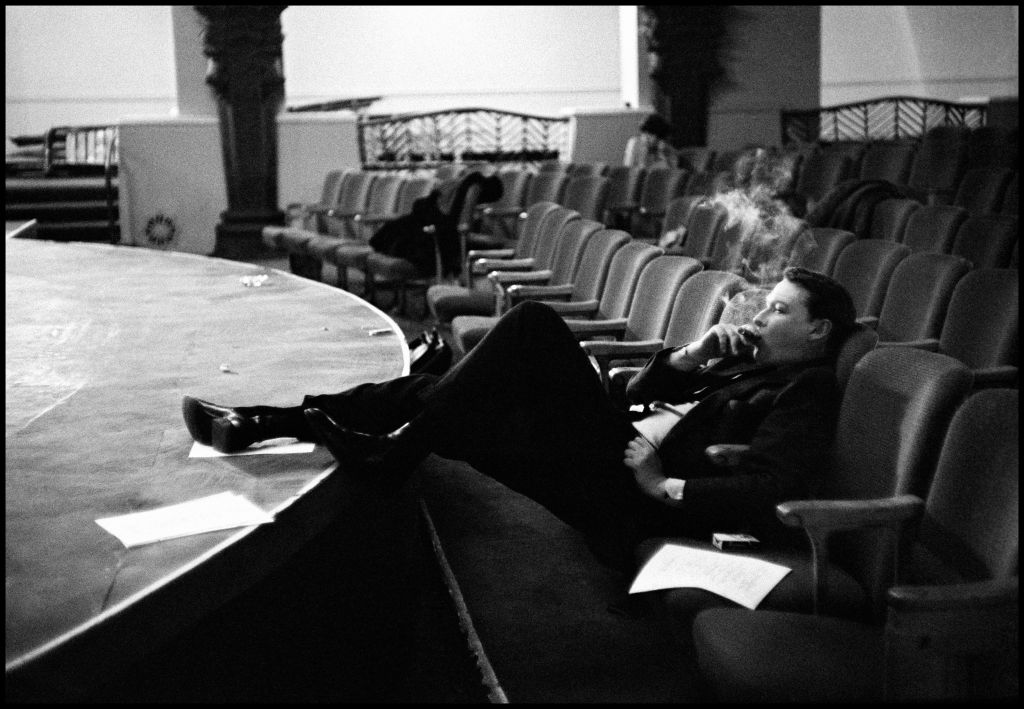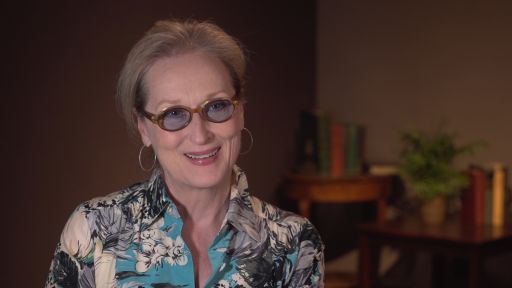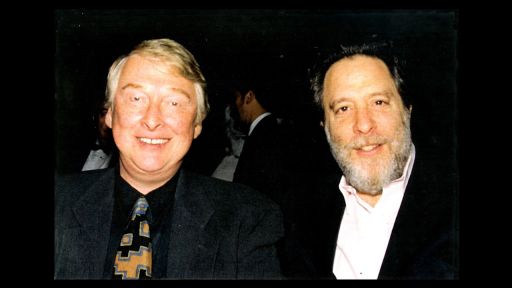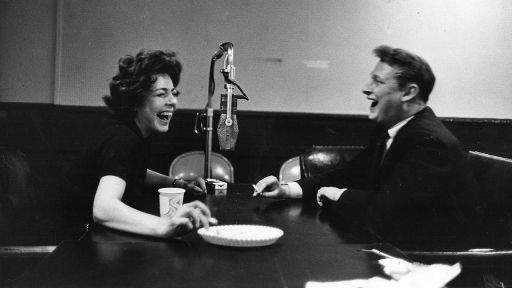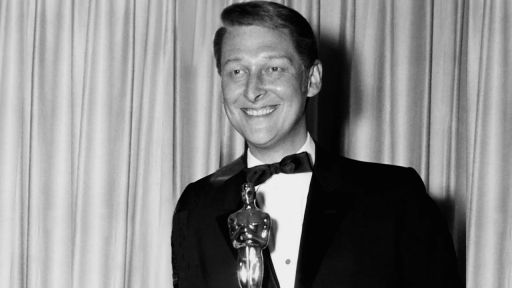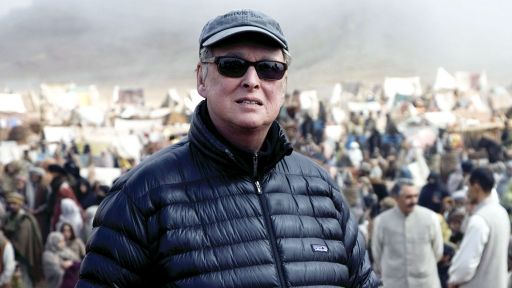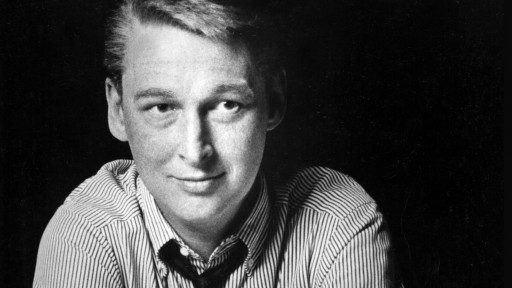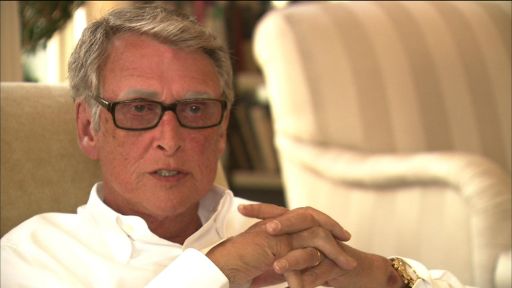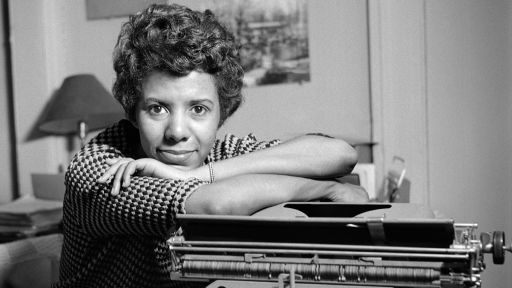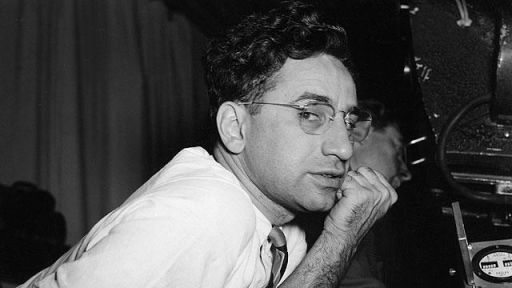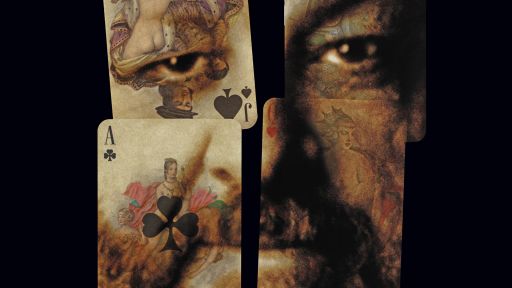Among the many awards Mike Nichols (1931 – 2014) won in his long career are a Grammy for comedy, many Tonys for theater directing, an Oscar for film directing, and several lifetime achievement honors.
Mike Nichols Biography and Career Timeline
Timeline by Mark Harris
1931
On November 6, Nichols is born in Berlin, Germany. His given name is Mikhail Igor Peschkowsky. His mother is Brigitte Landauer, the daughter of anarchist Gustav Landauer, and his father is Pavel Peschkowsky, a doctor.
1939
To escape the Nazis, Nichols and his younger brother Robert are sent from Berlin to the United States, where their father has already settled in New York City and will change their names. Nichols later says that on the Atlantic crossing, he had two tags pinned to his clothes, one reading “I Do Not Speak English,” the other reading “Do Not Kiss Me.”
1944
Nichols, now a private school student in New York City, becomes a naturalized U.S. citizen. Of his literary interests as a boy, Nichols said, “Sometime between 12 and 14, I read every word that Eugene O’Neill ever wrote.”
1950
Nichols is accepted at the University of Chicago and enters the pre-med program there, attending for two years.
1952
Nichols and Elaine May meet for the first time after she sees him in a university production of Strindberg’s Miss Julie.
1953
Nichols joins the staff of Chicago classical-music station WFMT, then leaves Chicago to return to New York and study at the Actors Studio under acting teacher Lee Strasberg. During that time, Elaine May acts with the Playwrights’ Theatre Club in Chicago.
1955
Nichols returns to Chicago to join the Compass Players, a team of six comic actors, including Paul Sills and Shelley Berman, that quickly gains fame on the city’s comedy scene and serves as the genesis of Second City.
1957
Nichols marries singer Patricia Scott. After the Compass winds down, he forms a comedy partnership with Elaine May and they develop a nightclub act. That fall, they give their first performances in New York City, playing first in Greenwich Village at the Village Vanguard, and then in midtown at the Blue Angel.
1958
Nichols and May make their first national television appearance, performing on the NBC series Omnibus. Their sketches draw rave reviews and bring the duo their first national attention. They start making regular appearances on TV talk and variety shows and return to Chicago as headliners.
1959
Improvisations to Music, the first of three Nichols and May comedy albums, is released by Mercury. The “About the Artists” text on the jacket reads, in part, “Mike Nichols is not a member of the Actors Studio, which has produced such stars as Marlon Brando…Miss May does not exist.” In May, the two appear at New York’s Town Hall in an ecstatically received performance that serves as a prototype for their Broadway show. Nichols’s first marriage to Patricia Scott ends amicably late that year.
1960
In October, An Evening With Mike Nichols and Elaine May, directed by Arthur Penn, opens on Broadway. The show is a critical and commercial smash as well as a magnet for celebrities from New York, Hollywood, and London. Nichols and May also become regular performers on the NBC radio show Monitor, writing and performing dozens of sketches.
1961
Nichols and May’s Broadway show closes after a successful nine-month run that yields a hit comedy album, An Evening with Mike Nichols and Elaine May, which wins a Grammy Award for Best Comedy Performance.
1962
Nichols writes a special for Julie Andrews and Carol Burnett, “Julie and Carol at Carnegie Hall.” He and May perform on a bill with Marilyn Monroe, Maria Callas, and Ella Fitzgerald at Madison Square Garden in a birthday celebration for President Kennedy. Nichols plans to star in May’s play A Matter of Position on Broadway that fall, but the play closes in Philadelphia.
1963
Nichols marries Margot Callas; they have a daughter, Daisy, the following year. The final Nichols and May comedy album, Mike Nichols and Elaine May Examine Doctors, is released. Soon after, they dissolve their performing partnership, but will work together many times over the next four decades. Stepping back from performing, Nichols decides to try his hand at directing. His first Broadway show, Barefoot in the Park by Neil Simon, opens that fall; it runs for almost four years and wins Nichols the first of eight Tony Awards for directing.
1964 – 66
Nichols becomes the most successful young stage director in New York with productions of The Knack, Murray Schisgal’s Luv, and Simon’s The Odd Couple; he wins two more Tony Awards and soon has four shows running simultaneously. Hollywood beckons, and Nichols turns down several projects before settling on a film adaptation of Edward Albee’s Who’s Afraid of Virginia Woolf? with Elizabeth Taylor and Richard Burton. The film is a major critical and commercial hit, winning five Academy Awards, and Nichols his first Oscar nomination for Best Director.
1967
Nichols’ second film, The Graduate, starring Dustin Hoffman, Katharine Ross, and Anne Bancroft, opens in December; the following spring, Nichols wins an Academy Award for Best Director. By the end of its theatrical run more than two years later, it is the third highest-grossing movie in U.S. history. Asked by college students what happens to the young characters Benjamin and Elaine, Nichols replies, “They become their parents.”
1968
Nichols buys a farm in Connecticut and starts breeding horses. His production of Neil Simon’s Plaza Suite, for which he wins his fourth Tony Award for directing, opens on Broadway.
1970
Nichols has his first failure in Hollywood, an expensive adaptation of Joseph Heller’s Catch-22.
1971
Nichols works with Jack Nicholson for the first time on the critical hit film Carnal Knowledge. On Broadway he directs Simon’s comedy The Prisoner of Second Avenue, winning his fifth Tony Award for it in 1972.
1972
Nichols and May reunite for a performance with the group Peter, Paul, and Mary at Madison Square Garden to raise money for George McGovern’s presidential campaign.
1973
Nichols’ son Max is born to Annabel Davis-Goff, who will become Nichols’ third wife; their daughter Jenny is born in 1977. He directs the film The Day of the Dolphin, on which he reteams with Graduate screenwriter Buck Henry.
1975
After Nichols has a noisy and public flop with the Jack Nicholson-Warren Beatty comedy The Fortune, he turns all of his attention to the theater; he will not make another Hollywood movie for eight years.
1976
Nichols brings David Rabe’s Vietnam drama Streamers and Trevor Griffith’s Comedians to Broadway. He also produces the ABC TV series Family, which runs for four seasons.
1977
Producing on Broadway for the first time, Nichols has the biggest hit of his theater career with the musical Annie, which wins Tony Award for Best Musical and runs for six years. He also directs Jessica Tandy and Hume Cronyn in the Pulitzer Prize-winning play The Gin Game, by Donald L. Coburn.
1979-80
Nichols becomes friends with comedian Gilda Radner, filming her one-woman Broadway show Gilda Live! and then directing her on stage in the romantic comedy Lunch Hour.
1983
Nichols has a strong return to Hollywood with Silkwood, which earns him his third Academy Award nomination for Best Director. It is his first collaboration with writer Nora Ephron and also with Meryl Streep, with whom he will work half a dozen times over the next thirty years.
1984
Nichols directs three Broadway shows—Tom Stoppard’s The Real Thing (for which he wins a sixth directing Tony Award), David Rabe’s Hurlyburly, and Whoopi, the one-woman show that introduces audiences to Whoopi Goldberg.
1986
Nichols directs Meryl Streep in an adaptation of Nora Ephron’s Heartburn. His marriage to Davis-Goff ends. In a Paris airport lounge, he meets television journalist Diane Sawyer by chance for the first time. Hospitalized for heart trouble, he is given Halcion (a sedative often used for sleep problems) and develops a yearlong dependency on the drug during which he goes, in his own words, “totally crazy.”
1988
Nichols and Diane Sawyer marry on Martha’s Vineyard. Off-Broadway, he directs Steve Martin and Robin Williams in Waiting for Godot. In movies, he directs Matthew Broderick in Biloxi Blues (his only film adaptation of a Neil Simon play) and has a major success with Working Girl, for which he is again nominated for Best Director.
1990-96
Nichols directs Meryl Streep and Shirley MacLaine in Postcards from the Edge. Over the next several years, he works only sporadically in theater but steadily in Hollywood, directing Regarding Henry, Wolf, and The Birdcage, one of the highest-grossing movies of his career; it is his first time directing a script by Elaine May.
1997
Nichols takes on his only major acting role in a film, David Hare’s adaptation of Wallace Shawn’s play The Designated Mourner.
1998
Nichols and May reteam—he directs, she writes—on an adaptation of the Clinton campaign roman a clef Primary Colors with John Travolta and Emma Thompson. The film is a critical and popular success.
2001
Nichols receives the National Medal of Arts. Turning to television directing for the first time, he wins an Emmy for his direction of Margaret Edson’s play Wit. In New York, he directs Meryl Streep on stage for the first time, in a Public Theater production of The Seagull in Central Park.
2003
Nichols receives a Kennedy Center Honor in Washington, D.C. His six-hour adaptation of Tony Kushner’s play Angels in America sweeps the Emmy Awards, including a second consecutive Best Director prize.
2004
Nichols directs Julia Roberts, Jude Law, Natalie Portman and Clive Owen in an adaptation of Patrick Marber’s play Closer.
2005
Nichols directs Spamalot, his first Broadway musical since The Apple Tree in 1966, and wins his first Tony Award for Best Director of a Musical. The show runs for four years.
2007
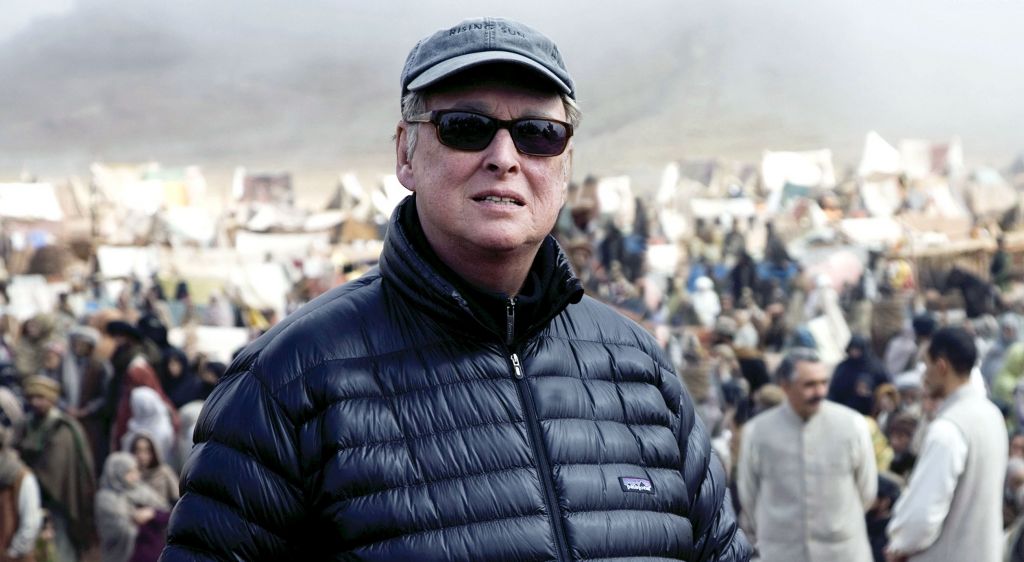
Director Mike Nichols, on set of film Charlie Wilson’s War, 2007. ©Universal/courtesy Everett Collection
Nichols’s final film, Charlie Wilson’s War, opens, starring Tom Hanks, Julia Roberts and Philip Seymour Hoffman.
2008
Nichols directs Morgan Freeman and Frances McDormand in a Broadway revival of the Clifford Odets play The Country Girl.
2010
In Los Angeles, Meryl Streep presents Nichols with the American Film Institute’s Lifetime Achievement Award. “I got to see my own memorial and I’m still alive. Sort of,” he says.
2012
Nichols directs Philip Seymour Hoffman in a Broadway revival of Arthur Miller’s Death of a Salesman, winning his eighth Tony Award for directing.
2013
In October, 50 years to the month after his Broadway directorial debut, Nichols’ final work as director, a revival of Harold Pinter’s Betrayal starring Daniel Craig and Rachel Weisz, opens at the Ethel Barrymore Theatre.
2014
In the last weeks of his life, Nichols begins preparatory work on an HBO adaptation of Terrence McNally’s play Master Class, which was to have been his fifth film with Meryl Streep, and participates in several readings of new plays as an actor. He dies at home in New York City on November 19.
____
Mark Harris is a cultural journalist and film historian. He is the author of Pictures at a Revolution: Five Movies and the Birth of the New Hollywood (2008) and Five Came Back: A Story of Hollywood and the Second World War (2014). His next book, a biography of Mike Nichols, will be published in 2019.

